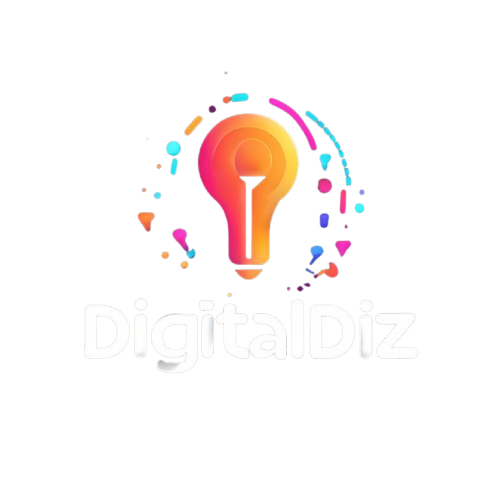In the era of generative art driven by artificial intelligence (AI), the age-old question of authorship gains new complexity. When a work of art emerges from the collaboration between a human creator and a machine, who truly holds the title of “artist”? This essay explores the intricate relationship between human intention, machine autonomy, and the fluid boundaries of originality in AI-driven creativity, drawing parallels with the Surrealist movement’s challenges to conventional art.
The Shifting Landscape of Artistic Authorship
Traditionally, the artist is seen as the sole creator of works, imbuing them with personal vision and emotional depth. However, with AI systems capable of autonomously generating images, music, and text, this singular model is no longer sufficient. The artist-programmer designs algorithms and provides input prompts, but the AI introduces elements of randomness, pattern recognition, and emergent aesthetics beyond direct human control.
As French philosopher Roland Barthes argued in his seminal essay The Death of the Author, “The birth of the reader must be at the cost of the death of the author.” Barthes challenged the idea of fixed authorship, suggesting that meaning arises through interpretation, not only from the creator’s intent. In AI art, this idea is amplified: the “author” becomes a distributed entity — part human, part machine, and part audience.
Surrealism and the Machine: A Historical Parallel
The early 20th-century Surrealist movement sought to unveil the unconscious mind, using techniques like automatic drawing and free association to bypass rational control. Surrealists valued chance, dreams, and the irrational as creative forces, deliberately relinquishing some artistic control to embrace unpredictability.
Similarly, AI-generated art embodies a contemporary form of “automatism.” The machine’s capacity to generate unforeseen combinations of forms and ideas echoes Surrealism’s ethos of exploring the unconscious and embracing randomness. As André Breton, the father of Surrealism, proclaimed, “Surrealism is destructive, but it destroys only what it considers to be shackles limiting our vision.”
AI art breaks the shackles of traditional authorship by merging human creativity with algorithmic processes that defy full human comprehension. The result is a new kind of hybrid authorship, where the “artist” is a collaborative entity rather than an individual genius.
Originality in the Age of AI
Originality has long been a hallmark of artistic value. Yet, AI challenges this notion by generating works based on vast datasets of existing art, recombining styles and motifs learned from human creations. This raises philosophical questions: Can art created by a machine trained on human artworks be truly original? Or is it an extension, a remix, of human culture?
Philosopher Walter Benjamin’s concept of aura — the unique presence of an original artwork — becomes problematic here. Is the aura preserved, diluted, or transformed when art is co-created by algorithms? While AI-generated pieces may lack the “hand of the artist,” they open new avenues for creative expression, blurring distinctions between original and derivative.
Collaboration and Co-Creation: A New Paradigm
Rather than viewing AI as a mere tool or competitor, it is more productive to see it as a collaborator that expands human artistic potential. The human artist guides the AI, curates outputs, and injects intentionality, while the machine provides generative power and novel perspectives.
This partnership requires new literacies — understanding algorithmic biases, prompt engineering, and ethical implications. It also invites reconsideration of artistic value: Is the co-creation process itself the artwork? Does shared authorship dilute or enhance artistic authenticity?
Toward a Hybrid Understanding of Artistry
By questioning “Who is the artist?” in the digital age, we confront broader challenges about creativity, identity, and technology’s role in culture. Neither human nor machine alone fully captures the essence of AI-generated art. Instead, we must embrace a hybrid understanding of authorship — one that acknowledges the interplay of human intention, machine agency, and audience interpretation.
As we navigate this evolving landscape, the lessons of Surrealism remind us to welcome uncertainty and the unexpected. The future of art lies not in rigid definitions of originality or sole authorship but in collaborative exploration and the expansion of what creativity can mean.










